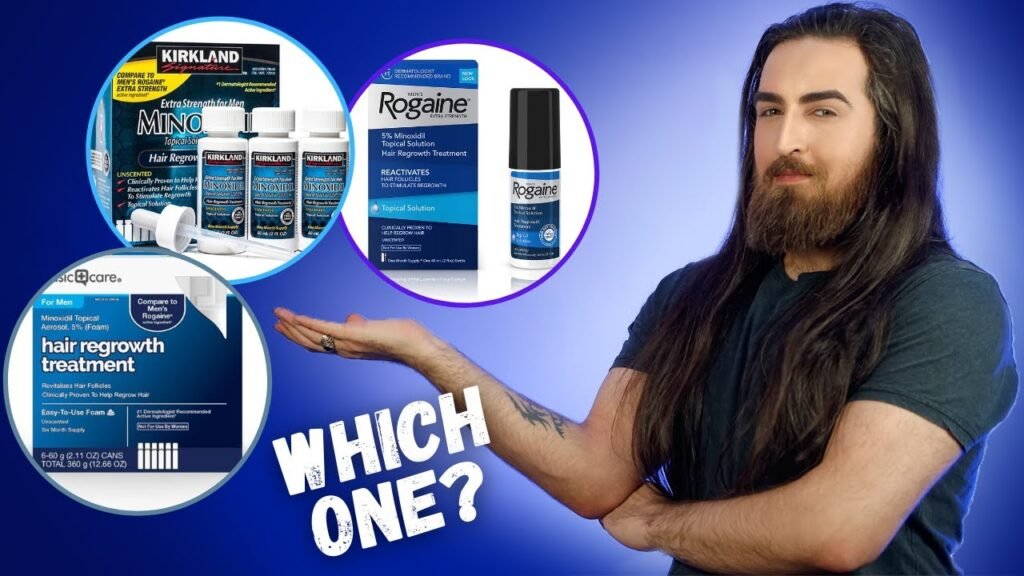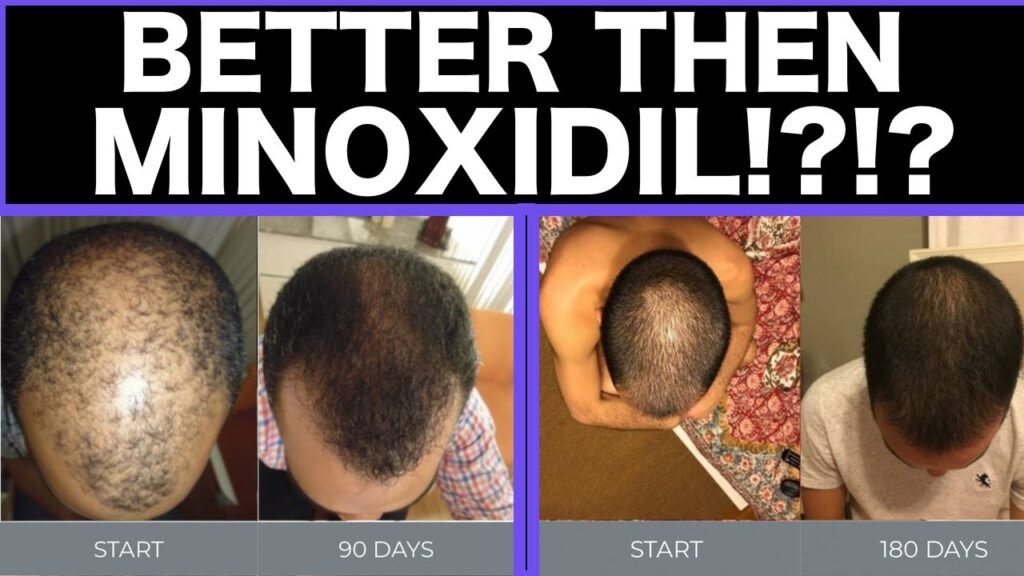What to expect from Kirkland vs rogaine
What to expect from Kirkland vs Rogaine
When considering hair regrowth treatments, Kirkland and Rogaine are two popular options that often come up in discussions. Both products are designed to combat hair loss, specifically androgenetic alopecia, by using minoxidil as the active ingredient. However, there are key differences and similarities that potential users should be aware of before making a decision.
Ingredients and Formulation
Both Kirkland and Rogaine utilize minoxidil, a clinically proven ingredient for promoting hair regrowth. While Rogaine offers both 2% and 5% minoxidil solutions, Kirkland typically provides the 5% formulation, which is considered more potent for male pattern baldness. The primary difference in formulation lies in the additional ingredients, where Rogaine may include more moisturizing components to enhance scalp health.
Cost and Accessibility
One of the significant factors when comparing Kirkland and Rogaine is cost. Kirkland Minoxidil is generally more affordable and often available in bulk, making it a budget-friendly option for long-term use. On the other hand, Rogaine is a branded product that tends to be priced higher, but it is widely available in various retail and online stores. Consumers may choose based on their budget and the convenience of purchase.
Application and Results
Both products require consistent application for optimal results, typically twice daily on the affected areas of the scalp. Users of both Kirkland and Rogaine can expect to see initial results within 2 to 4 months, with more noticeable improvements after consistent use for about 6 months. While individual results can vary, some users report faster or more significant results with Rogaine due to its additional proprietary ingredients that may enhance absorption.


